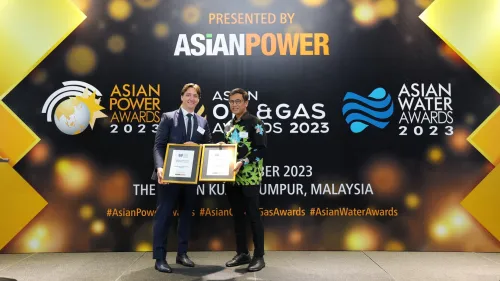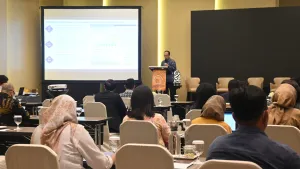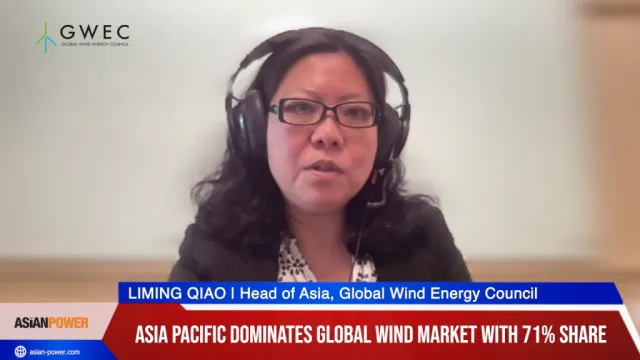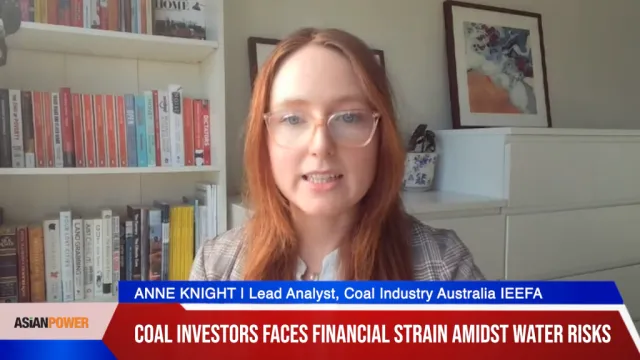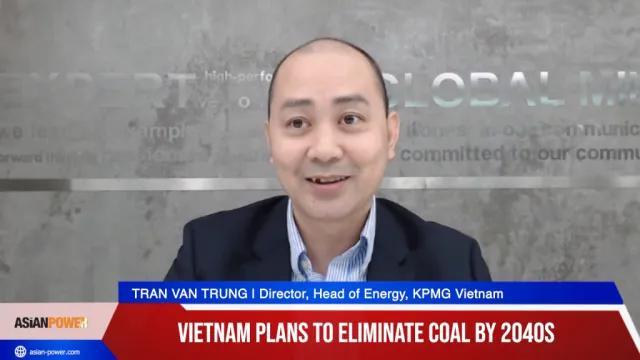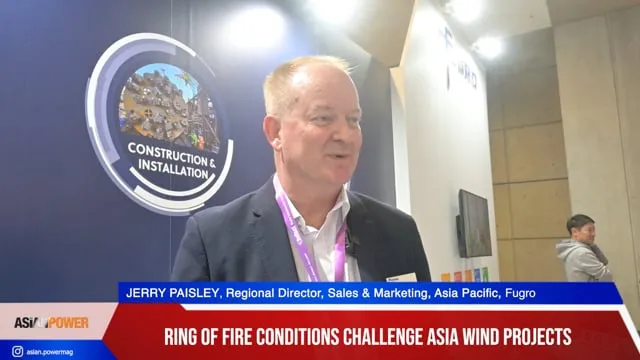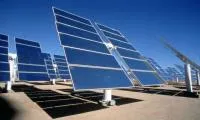
ADB seeks Asia-Pacific transition to solar
Asia-Pacific countries are well-suited to solar power initiatives, but financing will remain an obstacle.
According to ADB president Haruhiko Kuroda at the First Asia Solar Energy Forum in Manila, “The Asia and Pacific region has the right combination of elements – demand for energy, access to sunlight and arid land, technological maturity, and a sound investment climate.”
However, Mr. Kuroda said that obstacles such as high up-front capital costs of investing in solar energy and a high-risk perception had to date been keeping many solar energy investors on the sidelines.
“As a result, there is a risk of ‘Solar Divide’ where developing countries cannot receive the benefit of environmental technology despite its large potential,” Mr. Kuroda explained. “The role of multilateral development institutions, such as ADB and its partners, should be to play a catalytic role to overcome these institutional capacity, policy, technology, and financing barriers.”
It was pointed out that incentives and low-cost financing mechanisms should be made available to help the region make the transition possible.
The two-day forum, a part of the Asian Solar Energy Initiative (ASEI) announced by ADB earlier this year, brought together some 200 policy makers and solar energy-related professionals from 34 ADB member countries.
The event was hosted by ADB in partnership with the International Energy Agency, the United Nations Industrial Development Organization, and the Renewable Energy and Energy Efficiency Partnership.
Under ASEI, ADB targets to catalyze projects for about 3,000 megawatts in solar power by 2013. The ASEI also includes the establishment of a knowledge platform named the Asia Solar Energy Forum, support for project preparation, and direct financing of solar energy projects.
It will also help raise concessional funds from donor countries to partly mitigate risks of the high up-front capital costs of investing in solar energy, and design other innovative ways to attract private-sector investment.
In her closing remarks at the Manila event on Tuesday, Vice-President for Knowledge Management and Sustainable Development Ursula Schaefer-Preuss said the forum represented a step towards a solar energy revolution in the Asia and Pacific region.
“Solar power has the potential to promote low-carbon growth, ensure energy security, increase access to energy for all and achieve ADB’s overall objective of poverty reduction,” she said. Ms. Schaefer-Preuss also announced that the second meeting of the forum will take place in Tokyo in December.


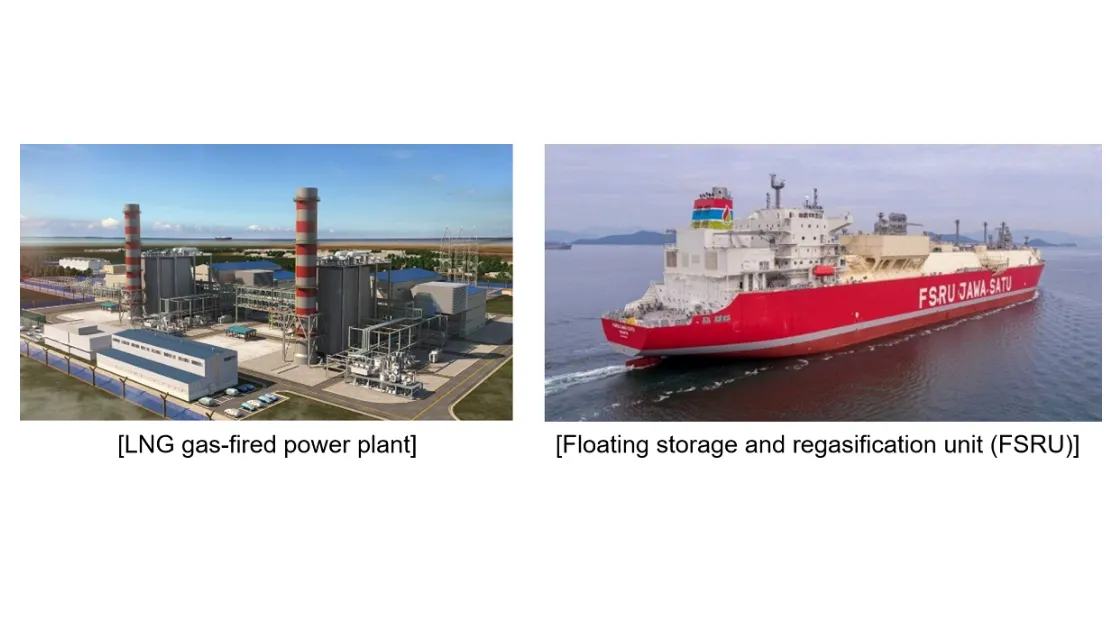
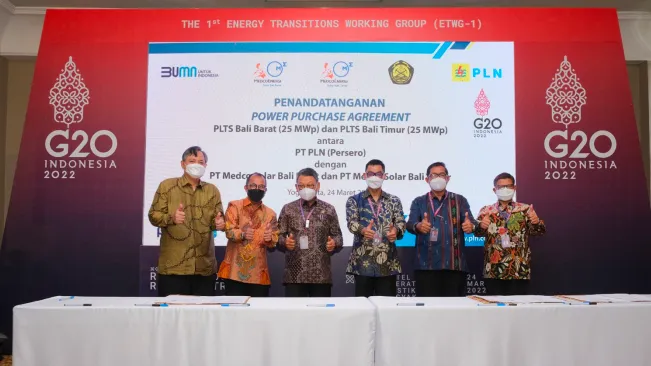


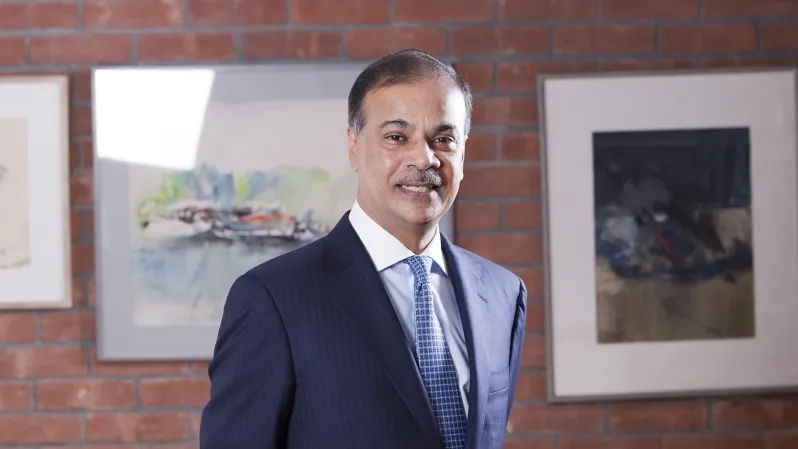
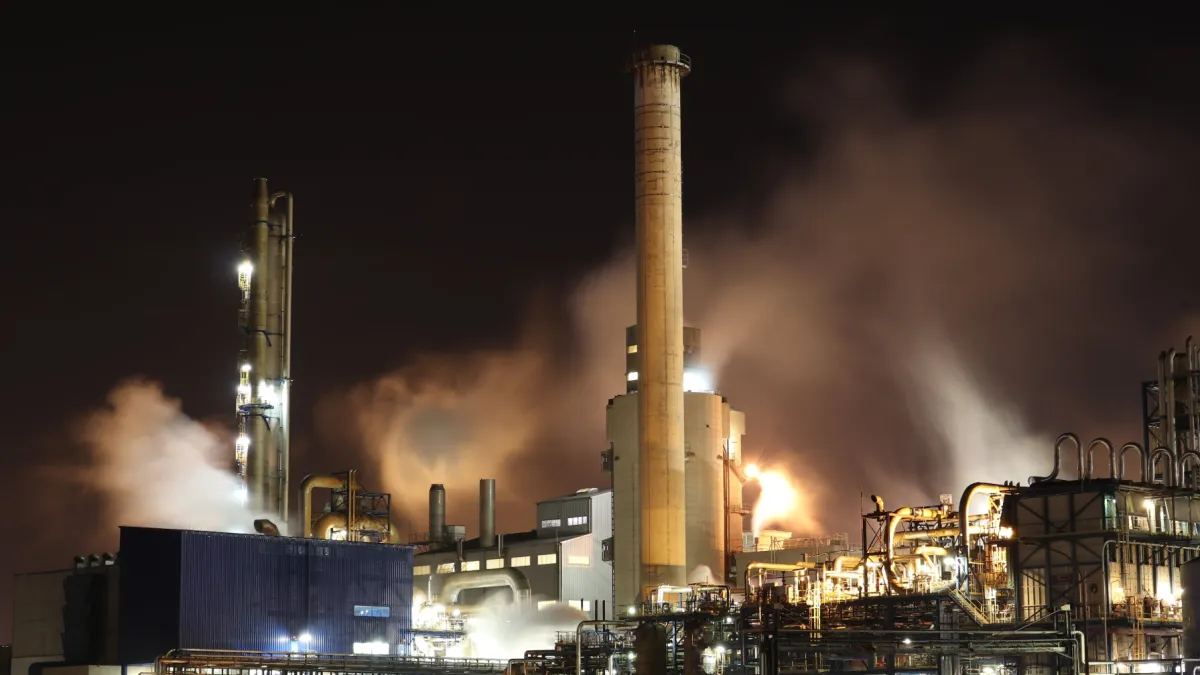

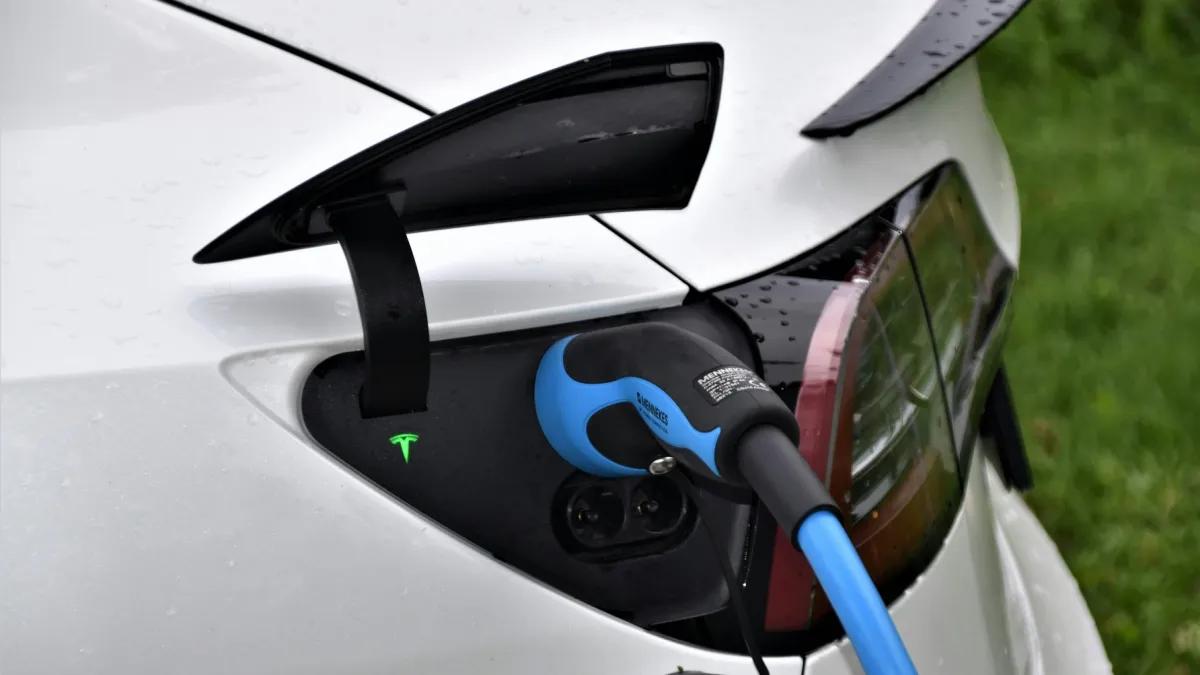
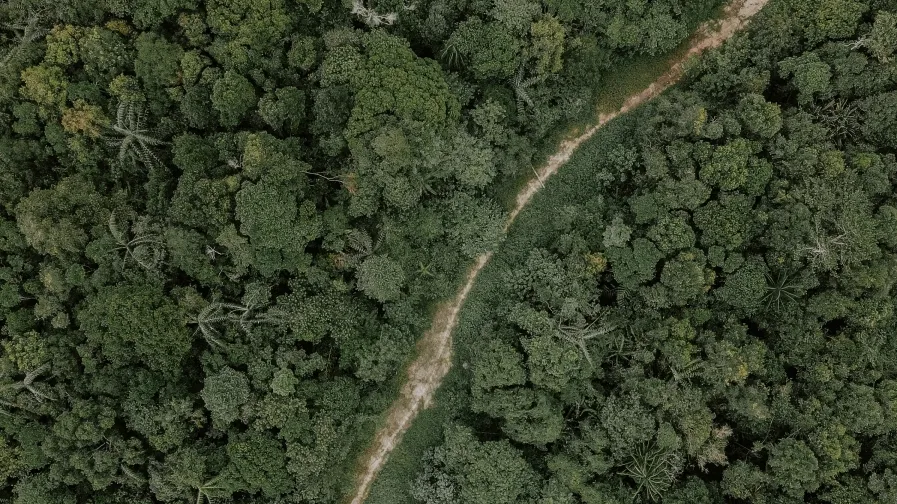


 Advertise
Advertise
